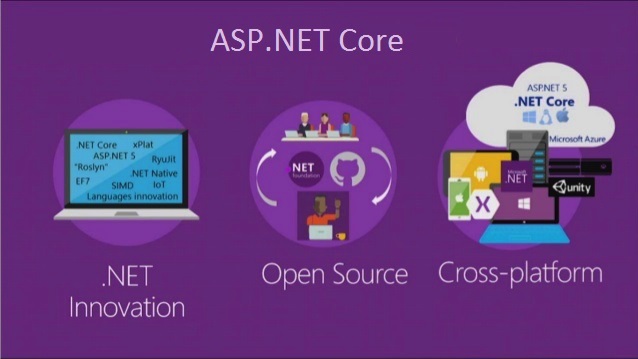In this article, I am going to give you an overview of Entity Framework Core. The Entity Framework Core which is also known as EF Core is the latest version of Entity Framework and completely rewrites from the ground up. As part of this article, we are going to discuss the following pointers.

 Best resource for Online free Education
Best resource for Online free Education